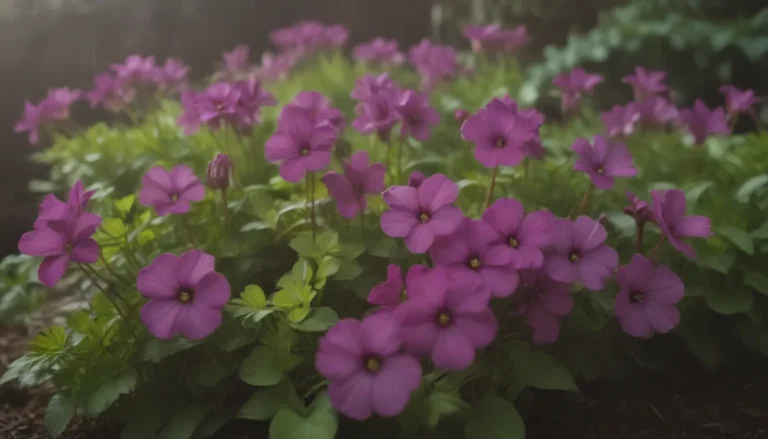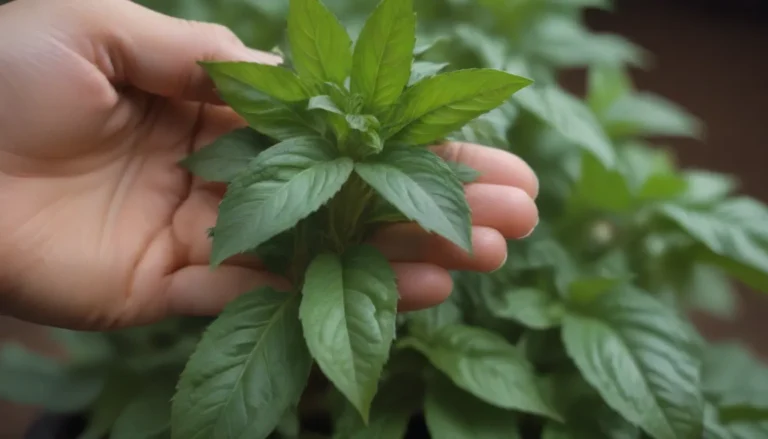8 Effective Ways to Get Rid of Groundhogs Naturally and Humanely

Are pesky groundhogs wreaking havoc in your garden? Wondering how to get rid of them without causing harm? Look no further! In this comprehensive guide, we’ll explore eight effective ways to eliminate groundhogs naturally and humanely from your yard.
Identifying Groundhogs
Before diving into the methods of getting rid of groundhogs, let’s take a closer look at these furry critters. Groundhogs, also known as woodchucks (Marmota monax), are native to the eastern United States. They typically measure 16 to 22 inches and weigh between five and 13 pounds, sporting brownish-gray fur with a short tail. Resembling gophers or beavers, groundhogs are often found where wooded areas meet clearings. These rodents hibernate during winter in burrows that can stretch up to 50 feet.
Groundhogs are notorious for causing damage to gardens, sheds, foundations, driveways, and retaining walls. They also pose a threat to dogs and can even cause injuries to humans by creating holes in the ground. Recognizing the signs of a groundhog infestation is crucial in effectively addressing the issue.
Signs of Groundhog Presence
Here are some common indicators that groundhogs may be inhabiting your garden:
- Large burrow openings
- Chewed plants and vegetation
- Dug up soil near garden beds
- Presence of groundhog droppings
If you notice any of these signs, it’s time to take action.
Natural Ways to Get Rid of Groundhogs
When it comes to eliminating groundhogs, there are several natural and humane methods you can try. From using kitty litter to setting up motion-detecting sprinklers, here are eight effective strategies to keep groundhogs at bay:
1. Lay Down Kitty Litter
Cats are natural predators of groundhogs. By using cat-urine-soaked kitty litter as a repellent, you can deter groundhogs from your garden. Reapply the kitty litter as needed to maintain its effectiveness in driving away these pests.
2. Try Epsom Salt
Groundhogs dislike the taste of Epsom salt. Sprinkling Epsom salt around your garden or near groundhog burrows can help discourage them from staying in the area. Reapply the salt after rainfall to ensure its continued efficacy.
3. Use a Commercial Repellent
Numerous commercial repellent products are available for eliminating groundhogs. These products come in granular or liquid forms and must be reapplied periodically, especially after rain. Follow the instructions carefully for best results.
4. Set Up Motion-Detecting Water Sprinklers
Motion-activated sprinklers are a humane way to deter groundhogs quickly. These devices spray water at any motion detected, scaring away the pests. Position them strategically around your property to keep groundhogs and other critters at bay.
5. Install Row Covers and Fencing
For protecting your crops, consider using floating row covers or fencing. Ensure that fences are tall enough to prevent groundhogs from climbing over or tunneling under. Proper installation can provide a long-term solution to keep groundhogs out.
6. Trap and Relocate Them
Live trapping is a humane method of removing groundhogs from your property. Consult with professional wildlife handlers to ensure proper relocation of these pests. Be mindful of local laws regarding trapping and relocating wildlife.
7. Get Rid of Groundhog Nests
Seal off uninhabited groundhog burrows to prevent new occupants from moving in. However, ensure that the burrows are vacant before sealing them off to avoid trapping any animals inside.
8. Use Natural Scent of Herbs and Spices
Groundhogs have sensitive noses and dislike certain scents. Planting herbs like garlic, lavender, basil, and mint or sprinkling cayenne pepper around your garden can deter groundhogs effectively.
Attractants and Prevention
Understanding what attracts groundhogs to your lawn is key to preventing future infestations. Common attractants include food sources like fruit and vegetable gardens, as well as lack of predator presence. By eliminating these attractants and creating a less hospitable environment for groundhogs, you can reduce the likelihood of them returning.
Prevention Tips:
- Remove tall grasses, weeds, and brush piles
- Keep your yard free of dandelions and clover
- Plug groundhog holes with crushed stone to discourage re-entry
What Not to Do
While there are humane and effective methods for dealing with groundhog infestations, some practices should be avoided. Killing groundhogs should be a last resort, as it can be inhumane and may attract other unwanted pests. Poison, lethal traps, and other cruel methods should be avoided to ensure the safety of both animals and humans.
Conclusion
By implementing these natural and humane methods, you can effectively get rid of groundhogs and protect your garden. Remember to be patient and persistent in your efforts to deter these pests from returning. With the right approach and a bit of creativity, you can enjoy a groundhog-free yard and a thriving garden.
Remember, prevention is key, and taking proactive steps to discourage groundhogs from invading your property will help maintain a pest-free environment. So, roll up your sleeves and get ready to reclaim your garden from these furry intruders!





